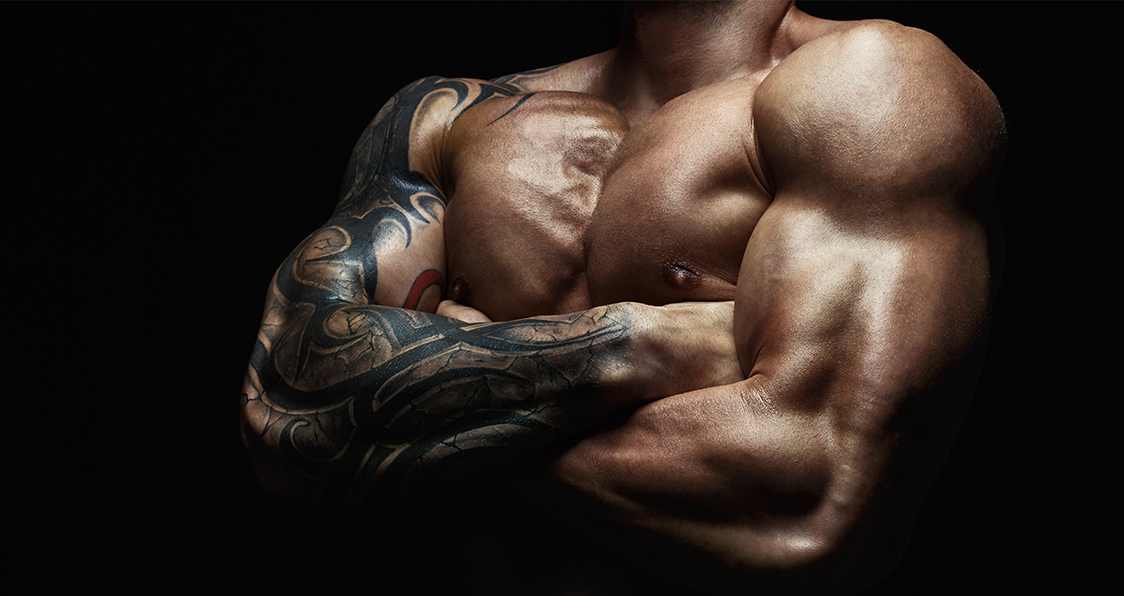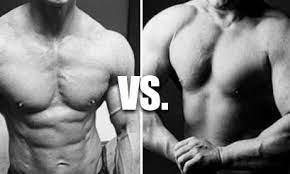The Ultimate Guide to Bulking and Cutting
In the world of bodybuilding, the phases of bulking and cutting are essential components of achieving that sculpted physique. To reach your bodybuilding goals, understanding the intricacies of nutrition during these phases is paramount. In this comprehensive guide, we’ll explore the nutrition strategies that can help bodybuilders excel in both bulking and cutting phases.

Bulking Phase: Building Muscle Mass
The bulking phase is all about building muscle mass and strength. To accomplish this, bodybuilders need to consume a surplus of calories, but it’s essential to do so strategically.
Calorie Surplus with Quality: During the bulking phase, you need to consume more calories than you burn, but not just any calories. Focus on whole foods, lean proteins, complex carbohydrates, and healthy fats to support muscle growth.
Protein Power: Protein is the foundation of muscle. Aim for around 1.2 to 2.2 grams of protein per kilogram of body weight. Include sources like lean meats, eggs, dairy, and plant-based proteins in your diet.
Carbohydrate Fuel: Carbohydrates provide the energy needed for intense workouts. Incorporate complex carbs like brown rice, quinoa, and oats to fuel your training sessions.
Fats for Hormones: Healthy fats play a role in hormone production. Include sources such as avocados, nuts, and olive oil in your diet.

Cutting Phase: Shedding Fat While Preserving Muscle
In the cutting phase, the goal is to shed excess body fat while maintaining hard-earned muscle mass. This requires careful nutrition planning:
Calorie Deficit: Create a moderate calorie deficit by consuming fewer calories than you burn. A gradual approach is best to prevent muscle loss.
High Protein is a Must: Protein remains crucial in the cutting phase to preserve muscle. Maintain your protein intake and consider slightly increasing it.
Healthy Carbs: Reduce carbohydrate intake but don’t eliminate them entirely. Focus on low-glycemic carbs to keep energy levels stable.
Good Fats for Satiety: Healthy fats help you feel full and satisfied. They also play a role in nutrient absorption. Keep them in your diet but in moderation.
Nutrient Timing: Eating around workouts can help fuel your sessions and aid recovery. Consume a balanced meal or snack with protein and carbs before and after training.
Hydration Matters: Stay hydrated to support fat loss and overall performance.
Transitioning Between Phases
Transitioning smoothly between bulking and cutting phases is essential for long-term success:
Calibration: Assess your progress regularly and adjust your calorie intake and macronutrient ratios accordingly.
Maintain Discipline: Be consistent with your nutrition and training. The journey may be challenging, but discipline is key.
Professional Guidance: Consider working with a sports nutritionist or dietitian who can create a tailored nutrition plan.
Bulking and cutting are integral parts of a bodybuilder’s journey. Navigating these phases successfully requires a deep understanding of sports nutrition. By strategically adjusting your calorie intake, macronutrient ratios, and supplement choices, you can optimize your results.
Remember, the path to your ideal physique is a marathon, not a sprint. Patience, consistency, and a well-structured nutrition plan are your allies.
For more insights on sports nutrition and bodybuilding, keep exploring our forum.




